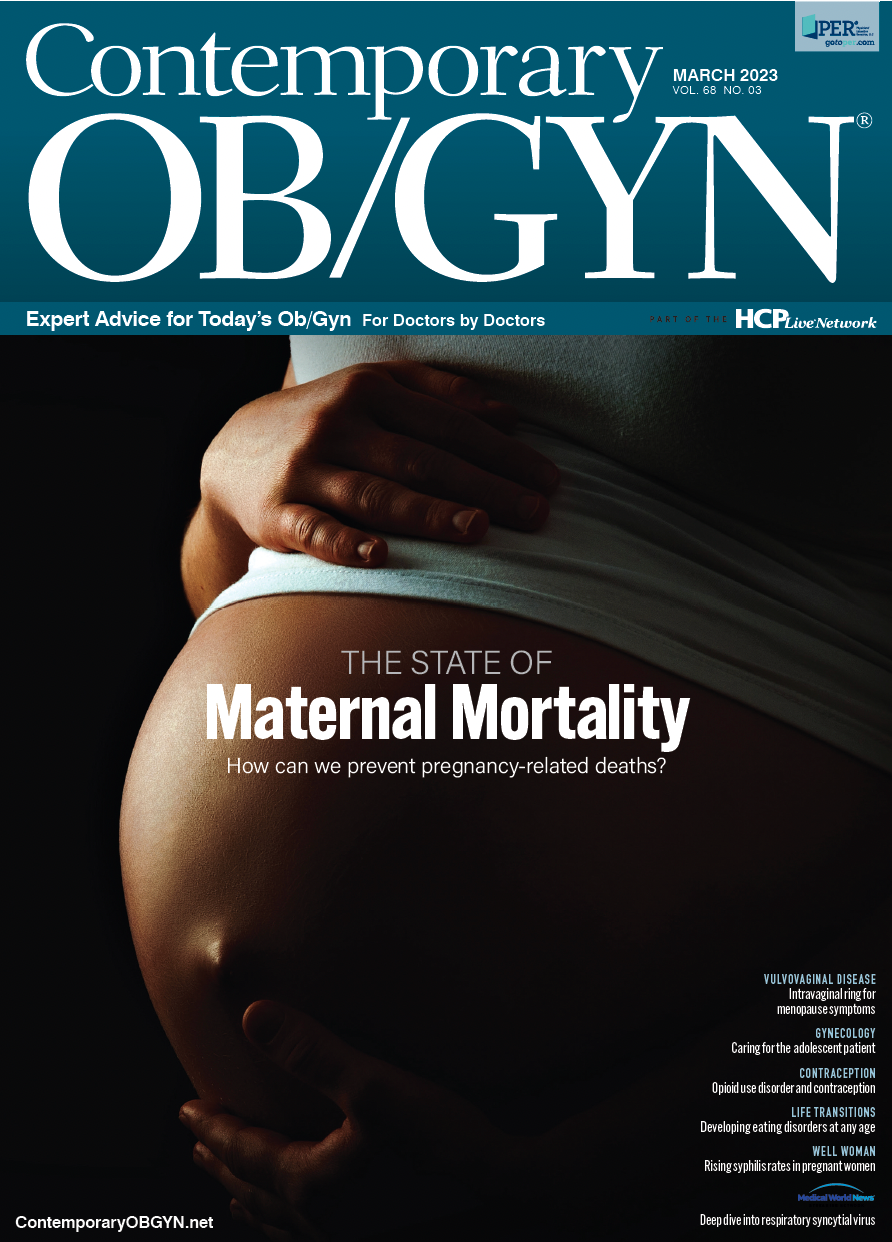Model estimates the optimal number of oocytes for ART treatment
A model to estimate the optimal number of oocytes to try to fertilize during assisted reproductive technology (ART) treatment predicted that 43.4% of oocyte retrievals were day 3 transfers; hence, exposing all oocytes to sperm is recommended.
Adobe Stock/ Chinnapong

A model to estimate the optimal number of oocytes to try to fertilize during assisted reproductive technology (ART) treatment predicted that 43.4% of oocyte retrievals were day 3 transfers; hence, exposing all oocytes to sperm is recommended.
The results of the diagnostic study also showed that 57.6% of cycles predicted as day 5 transfers proceeded to the next stage, to estimate the number of oocytes to expose to sperm. The findings were published in JAMA Network Open.
The authors noted that surplus cryopreserved embryos present a challenge for in vitro fertilization patients and clinics. For instance, with the overturn of Roe v Wade, some states may decree illegal the discarding of surplus embryos.
“An evidence-based tool would help limit surplus embryo creation,” the authors wrote.
Responding to the challenge, the authors developed a prediction tool to determine how many oocytes should be exposed to sperm to create embryos.
The tool would help to conserve the chance of live birth while minimizing surplus embryos. The study authors gleaned data spanning from 2014 to 2019 from member clinics of the Society for Assisted Reproductive Technology Clinic Outcome Reporting System.
The data comprised 410,719 oocyte retrievals and 460,577 embryo transfer cycles from 311,237 patients, aged 18 to 45 years, who initiated their first oocyte stimulation cycle between January 2014 and December 2019.
The final models included patient age, anti-Müllerian hormone level, diminished ovarian reserve diagnosis, number of oocytes retrieved, and which US state the clinic was located in.
The algorithm was based on 3 models with outcomes: day of transfer, proportion of retrieved oocytes that become usable blastocysts, and number of blastocysts needed for transfer for 1 live birth to occur. The median (IQR) age at stimulation cycle start was 35 years and the median (IQR) number of oocytes retrieved was 10 (range, 6-17).
The likelihood of recommending that all oocytes be exposed to sperm increased with age; for example, less than 20% of retrievals in patients younger than 32 years received recommendations that all oocytes be exposed to sperm, compared with more than 99% of retrievals among patients older than 42 years.
For cycles recommended to expose fewer than all oocytes, the median (IQR) numbers for 1 live birth were 7 oocytes (7 or 8) for patients younger than 32 years, 8 oocytes (7 or 8) for patients aged 32 to 34 years, and 9 oocytes (9-11) for patients aged 35 to 37 years. The prediction tool should reduce the number of unused embryos created and immediately address current patient and clinician concerns.
Overall, 47.8% of oocyte retrievals from the study population indicated that fewer of these oocytes underwent fertilization attempts than the actual number of oocytes retrieved. But this percentage varied by age: more than 80% for patients younger than 32 years and less than 2% for patients aged 41 or 42 years.
“If all patients in the test set had used this tool, 990,394 fewer oocytes would have been exposed to sperm,” the authors wrote.
The authors have created an interactive website that clinicians and patients can use to compute the recommended number of oocytes to expose to sperm, based on the algorithm.
Reference:
Correia KFB, Missmer SA, Weinerman R, Ginsburg ES, Rossi BV. Development of a model to estimate the optimal number of oocytes to attempt to fertilize during assisted reproductive technology treatment. JAMA Netw Open. 2023;6(1):e2249395. doi:10.1001/jamanetworkopen.2022.49395
Newsletter
Get the latest clinical updates, case studies, and expert commentary in obstetric and gynecologic care. Sign up now to stay informed.

